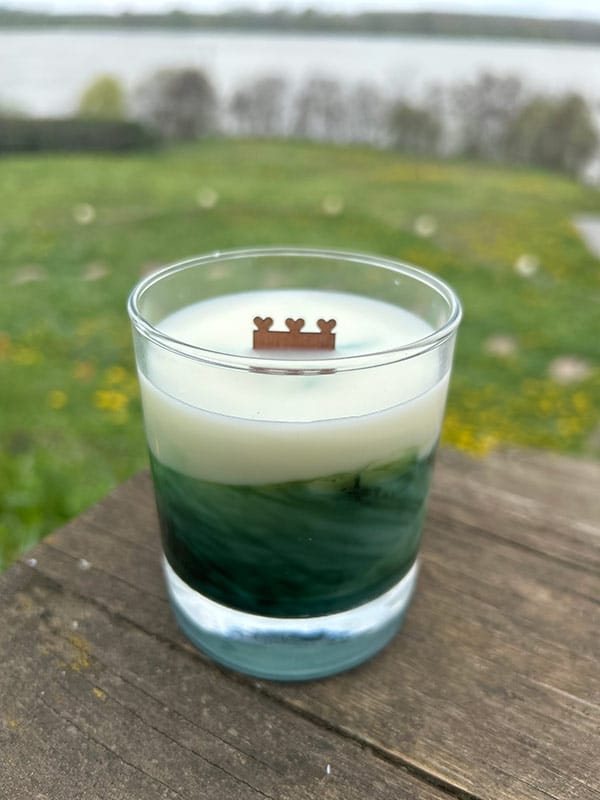What is curing and why it matters for scented candles
If you’ve ever made a scented candle at home or bought a handmade one and lit it right away – you might have noticed it didn’t smell the way you expected.
The answer lies in a process called curing.
What is curing in candles?
Curing is the time needed for the wax and fragrance oils to fully bind and stabilize. It’s not just waiting – it’s a key part of the process that helps the candle develop its full scent throw and burn properly.
Think of it like maturing – similar to dough needing to rise or perfume needing to “rest” before it reaches its true scent.
The chemical process behind curing
When fragrance oils are mixed with hot wax, they aren’t fully “bonded” at first. These aren’t chemical reactions (no new compounds are formed), but physical-chemical interactions that increase stability.
During the curing process, the following happens:
– Scent diffusion – fragrance molecules spread evenly throughout the entire wax volume.
– Microscopic bonding – the wax and fragrance “lock” together in stable microscopic pockets, preventing premature scent evaporation.
– Wax stabilization – especially with plant-based waxes (e.g. soy), slower crystallization occurs, improving both burn quality and appearance.
How long should a candle cure?
– Gel wax: 1 day (ideally 3)
– Sunflower wax: 3 days (ideally 10)
– Rapeseed wax: 4 days (ideally 12)
– Soy wax: 5 days (ideally 14)
– Paraffin wax: 2 days (ideally 5)
– Beeswax: can be more than 2 weeks
If you want the best possible scent experience, it’s worth the wait.
What happens if the candle hasn’t cured enough?
– Weak or no scent
– Uneven burn (tunneling)
– Scent evaporates from the top layer, while the rest remains “silent”
– Shortened lifespan of the candle
What do we do in our workshop?

In our studio, every candle cures for the right amount of time before it reaches the customer. We don’t rush – because we believe a good candle should also have a soul.



